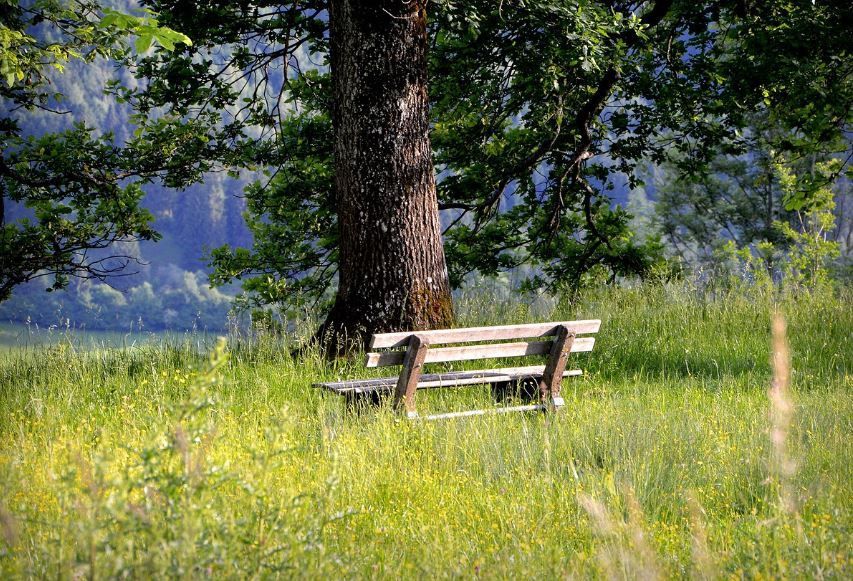After Cremation, What Remains of the Body?
After Cremation, What Remains of the Body?

When it comes to disposing of a deceased person’s body after death, cremation is considered the most affordable option. Although burial is the most typical means of disposing of a deceased loved one’s body after death, cremation has become increasingly popular in recent years. The corpse is reduced to ash during the cremation process, generally referred to as “cremains.” To get your cremation services at an affordable rate, you can contact cremation services in Phoenix, AZ.
During the cremation process, the deceased’s remains are placed in a particular type of furnace compartment. Cremation is often considered to reduce the remains of the deceased to ashes by most people; however, this is only partially true. What then happens to the remnants of the deceased once the cremation procedure is completed.
It is undeniably true that burial is the most often used form of body disposal in society. So, why would someone choose cremation over a traditional funeral service ? The fact that cremation costs so little money is a significant factor in people choosing this method of disposition. Cremation is available in three ways, with traditional cremation being the most expensive. Traditional cremation is where the family opts to have their loved one’s remains burned, but they still hold all the rituals associated with a conventional dirt burial. Embalming and purchasing a coffin are included in this price because the body will be exhibited as if buried in the ground.
The second option is memorial cremation. This method allows for a wake, burial service, and graveside eulogy without a casket or embalming. At this funeral, the body is instantly cremated, and the cremated remains are typically kept in a memorial urn with photos of the departed.
Direct cremation is the least expensive of the three options. This method calls for the prompt disposal of the deceased’s body. The deceased’s cremated remains are returned to the family in an urn, which serves as a memorial of their life.
What is Left After Cremation?

When a body is cremated, most of the remnants are converted into gas. This is because water makes up the majority of the human body. Human tissue converts to gas when exposed to temperatures like those seen in a furnace. This means that a significant portion of the human body is reduced to gas form during cremation.
After cremation, the average human body yields between four and six pounds of human ashes. ‘Because so much of the human body decomposes into gas, this is significant. There are a lot of misconceptions about what remains after cremation. Human remains that do not decompose into gas come primarily from the denser sections of the body, such as the bones. After cremation, bones make up the majority of what is left behind. Following the cremation, the ashes are cleaned and prepared for burial. When the bones are broken down into fine dust, this is helpful.
It is important to bear all the above in mind. However, it is impossible not to face any difficulties since you are not a professional. When you encounter any issues, do well to contact cremation services in Phoenix, AZ.















